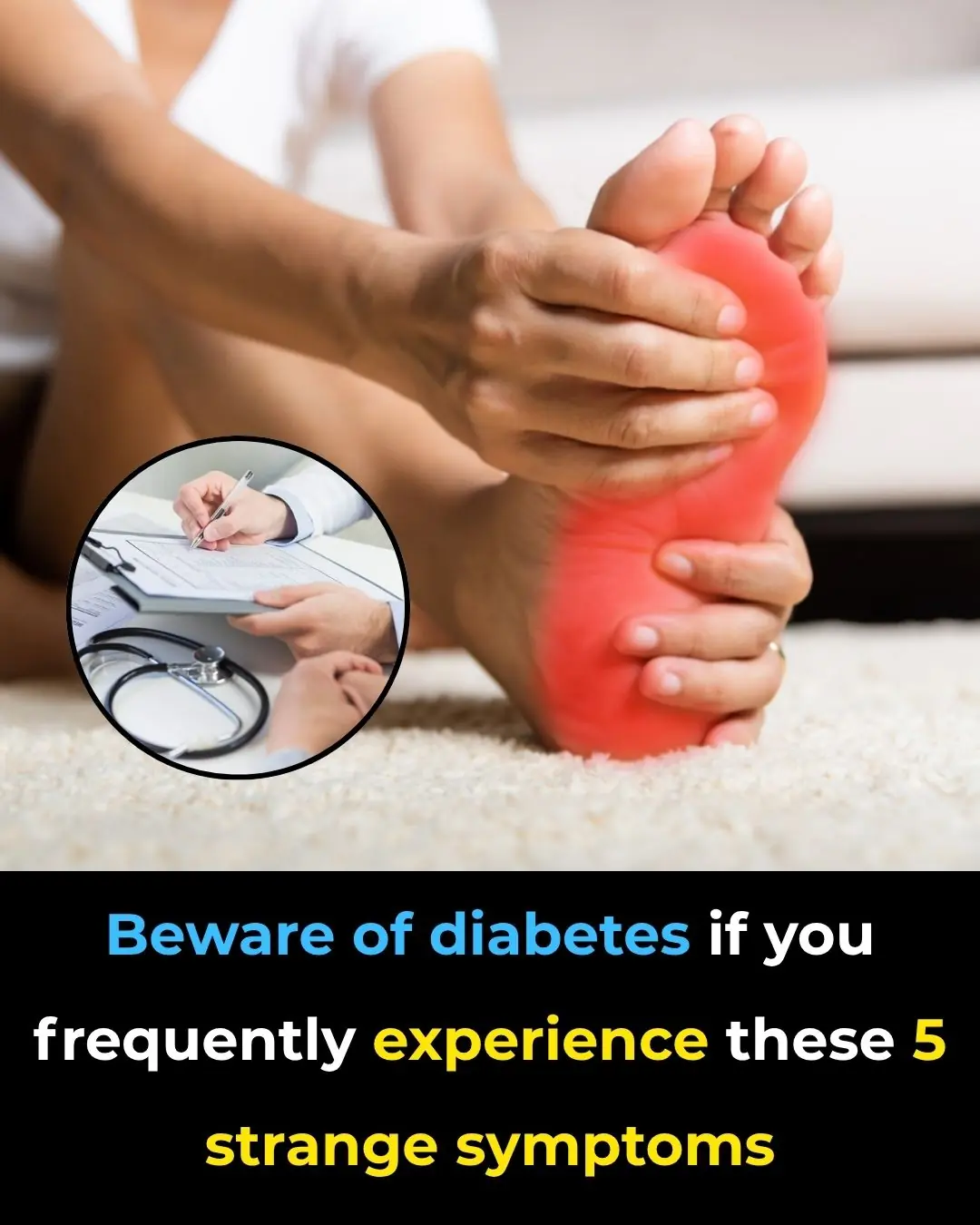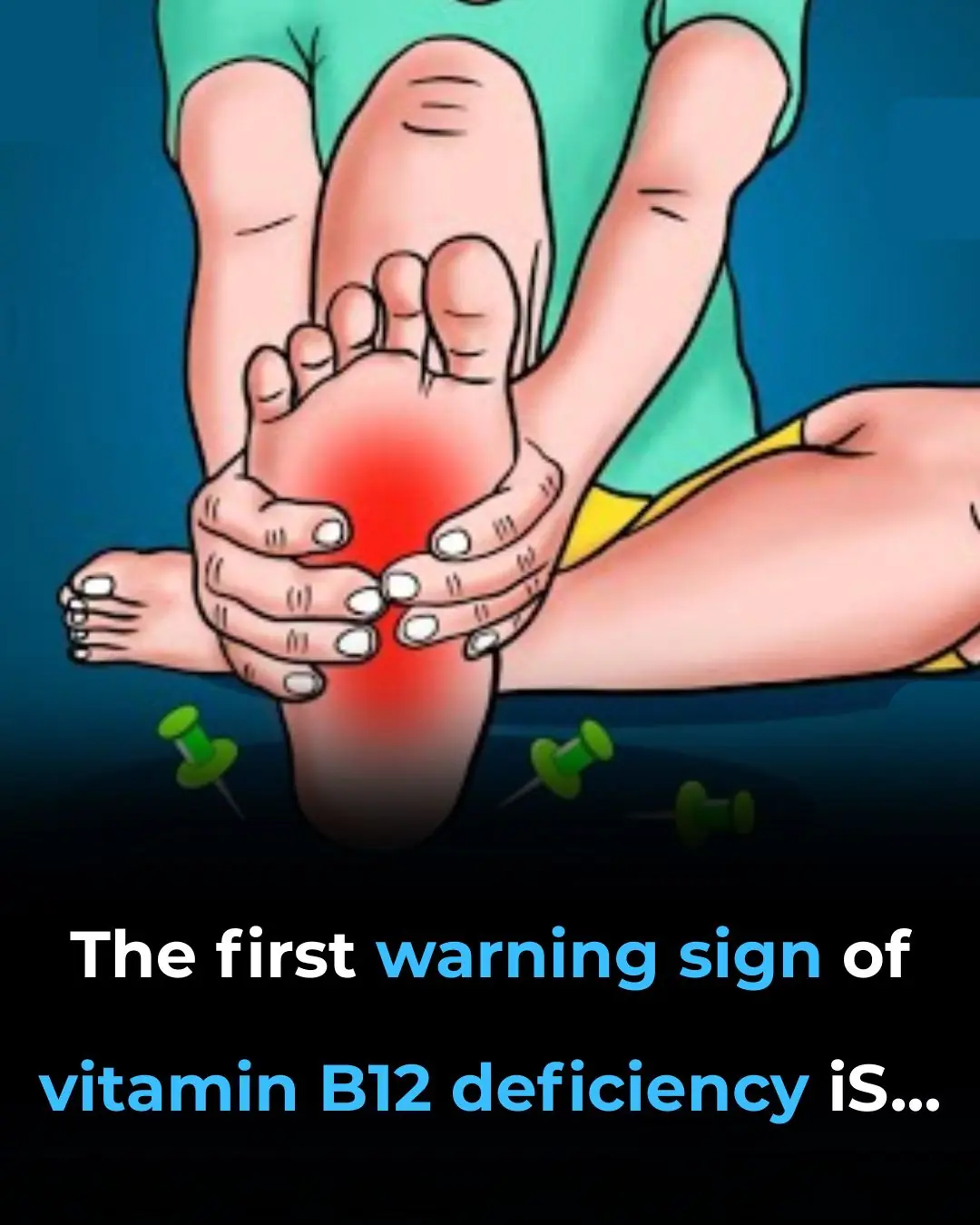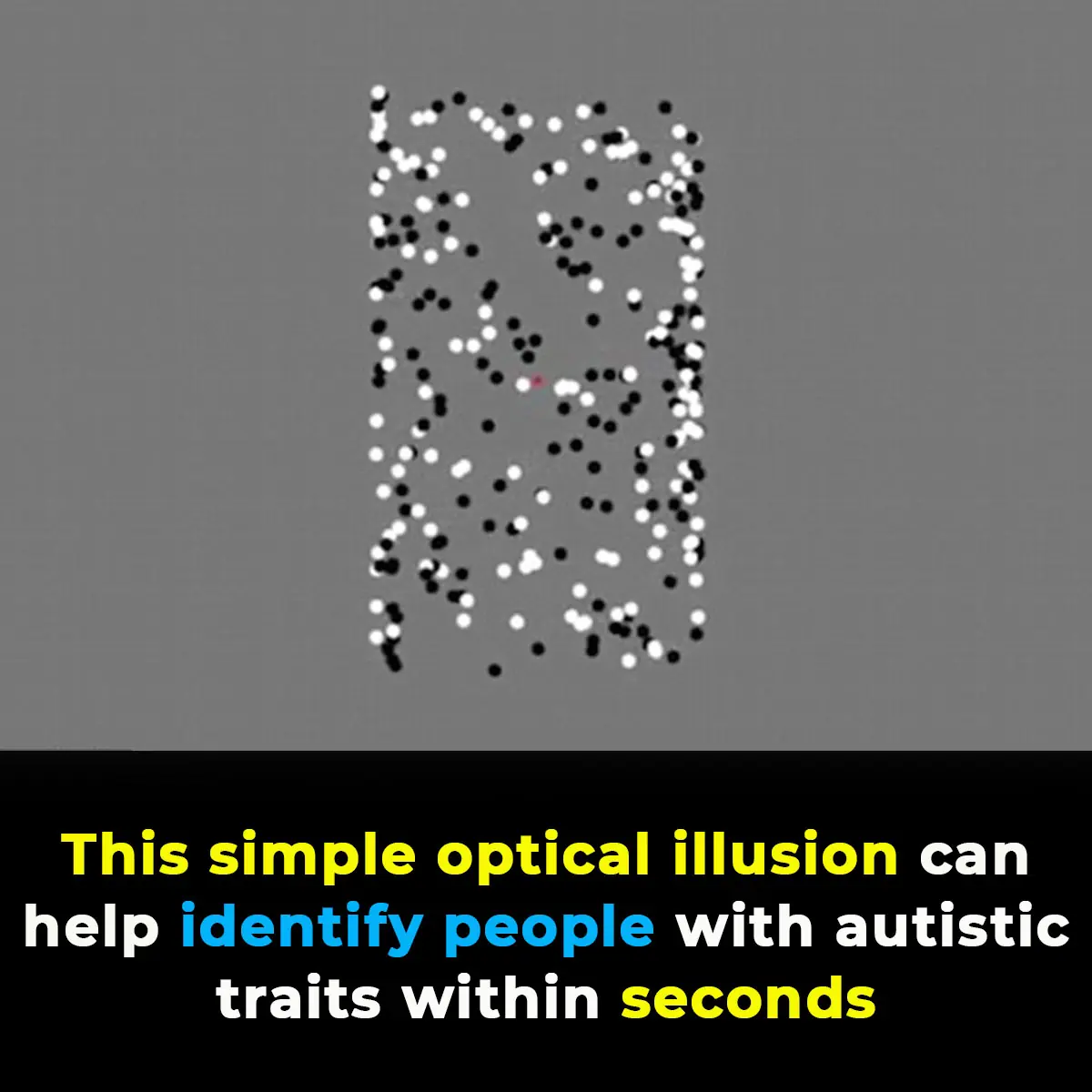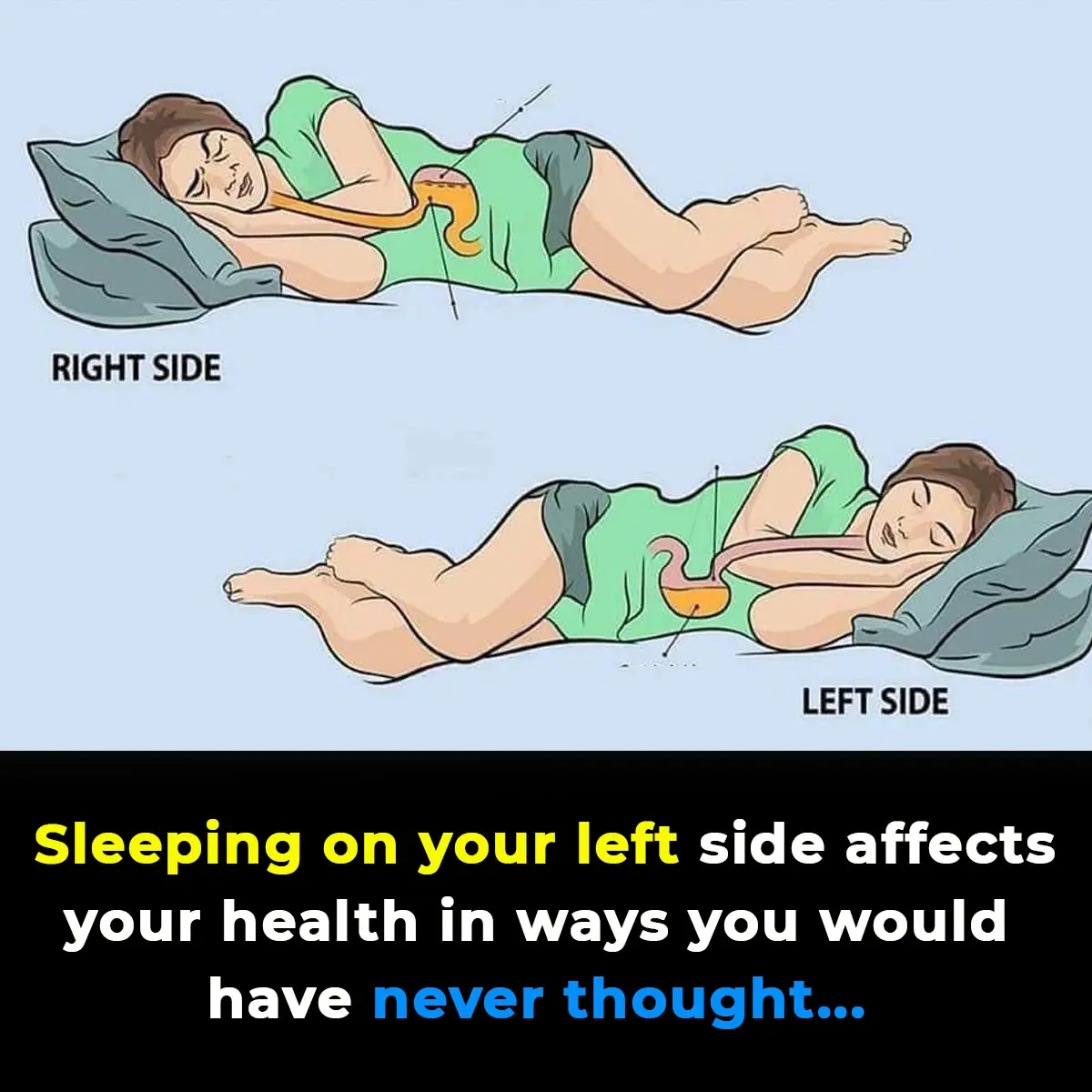
Tingling Sensation In Your Body: Why Does It Happen
That Tingling Sensation in Your Body: What It Really Means
Have you ever felt a tingling sensation in your hands or legs—like tiny needles pricking your skin—especially after sitting or lying in the same position for too long? It might feel strange, even uncomfortable, but there's a scientific explanation behind it.
You know the feeling: you stand up after a long rest and suddenly your legs feel numb, tingly, or as if they're “waking up.” While it’s a common experience, understanding why it happens can help you reduce how often it occurs—or at least manage it better.
Let’s take a deeper look into this phenomenon.
Note: This article is for informational purposes only and does not constitute medical advice. Please consult a healthcare professional for diagnosis or treatment.
What Is That Tingling Feeling Called?
According to the National Institute of Neurological Disorders and Stroke (NINDS), this sensation is known as paresthesia. It typically presents as tingling, numbness, prickling, or even a mild burning sensation. It most commonly affects the hands, arms, legs, and feet, but it can appear in other areas of the body as well.
Paresthesia is not usually painful, but it can be uncomfortable and distracting. It may appear suddenly and without warning.
When and Why Does It Happen?
Most people have experienced what’s commonly called “pins and needles” at some point. This form of temporary paresthesia often happens when you maintain the same position for an extended period—like crossing your legs or leaning on your arm.
The cause? Usually, it’s sustained pressure on a nerve or restricted blood flow to a specific area. However, more serious underlying issues can also trigger paresthesia, such as:
-
Nerve damage or compression
-
Herniated discs
-
Diabetes-related neuropathy
-
Autoimmune conditions
-
Vitamin deficiencies (especially B12)
-
Chronic alcohol use
-
Infections affecting the nervous system
How Long Does the Tingling Last?
Temporary paresthesia typically goes away within minutes once the pressure is relieved and proper blood flow is restored. The affected limb may feel numb but still be flexible, with heightened sensitivity that can even radiate.
Tip: Light stretching, shaking out the limb, or gently massaging the area can speed up the recovery process.
Are There Any Consequences of Paresthesia?
Yes, especially if the tingling becomes frequent or long-lasting. Here are some possible complications:
-
Poor circulation and oxygen delivery to tissues
-
Increased risk of falls or accidents due to loss of sensation
-
Sleep disturbances from uncomfortable positions
-
Difficulty performing daily tasks like walking, typing, or driving
-
Risk of nerve damage if left untreated
Types of Paresthesia
There are several types of paresthesia, including:
-
Buerger’s Paresthesia: This form usually affects the legs, fingers, or toes. It commonly appears in young adults (ages 20–24) and may be linked to unhealthy lifestyle choices such as smoking or poor circulation.
-
Meralgia Paresthetica: A condition that affects the outer thigh, resulting in numbness, tingling, and a burning sensation. It may be caused by pressure on the lateral femoral cutaneous nerve, often from tight clothing, obesity, or prolonged standing.
-
Chronic Paresthesia: When tingling persists or returns frequently, it may indicate an underlying medical condition. This includes conditions like multiple sclerosis, stroke, peripheral neuropathy, or even a tumor compressing a nerve.
Can Paresthesia Become Chronic?
Unfortunately, yes. If you experience tingling regularly, it could be a sign of a more serious issue such as:
-
Stroke
-
Multiple sclerosis (MS)
-
Encephalitis
-
Carpal tunnel syndrome
-
Vascular injuries
-
Tumors affecting the brain or spine
These require professional evaluation and medical testing to determine the cause and proper treatment.
When to See a Doctor
Seek immediate medical attention if your paresthesia:
-
Begins suddenly and without clear cause
-
Occurs after a recent head injury
-
Affects an entire arm or leg
-
Is accompanied by muscle weakness or paralysis
-
Includes confusion, slurred speech, or dizziness
-
Comes with a sudden, severe headache
-
Involves both sides of the body
-
Occurs repeatedly during specific activities (e.g., typing, lifting)
-
Involves only a specific part of a limb, like fingers or toes
Persistent or recurring symptoms should not be ignored. Early diagnosis can lead to better outcomes and prevent permanent nerve damage.
Final Thoughts
The tingling sensation in your body—though often harmless—shouldn't be overlooked if it becomes frequent or chronic. Most cases of paresthesia are temporary and result from posture or minor nerve pressure. But when symptoms persist, worsen, or interfere with daily life, it's crucial to consult a medical professional.
Have you experienced tingling or numbness before? How did you manage it?
Feel free to share your thoughts or questions in the comments below—we’d love to hear your story.
News in the same category


Medicinal Health Benefits of Garlic (Raw, Supplement) – Science Based

Warning Symptoms of Vitamin B12 Deficiency and How to Fix It

High Blood Sugar Warning Signs

Top Signs of Iron Deficiency and How To Increase Iron Levels In Your Blood

Doctors Suspected Baby Had Mouth Tumor—The Shocking Truth Left Them Speechless

Why Some People Never Break A Bone—3 Wild Theories Explained

JAW DROPPING SIMULATION SHOWS WHAT HAPPENS TO YOUR BODY WHILE FASTING FOR 36 HOURS TO ACHIEVE 'FULL RESET'

6 Health Benefits of Sleeping In a Cold Room and How to Make it Cooler- And Why You May Not Want to Use a Fan

Dentists Explain What Those Black Triangles Are Between Your Teeth

This optical illusion may help identify autistic traits in seconds

Pressure Points in Your Feet: Use This Foot Massage Chart for Pain Relief

8 Ways To Get Rid Of Phlegm And Mucus In Chest And Throat

Doctor Reveals Surprising Thing That Occurs When You Don’t Eat – and It’s The ‘Opposite’ of What Most People Think

10 Signs You May Have Kidney Disease

This is what sleeping on the left side does for our brain, stomach & glymphatic health

This Is What Happens When You Eat Too Much Sugar—#7 Will Sh0ck You!
Learn to recognize the red flags of sugar overload before it sabotages your health

Heart Surgeon Reveals 4 Foods You Should ‘Always Avoid’ That Will ‘Poison’ Your Body

Natural Skin Care: What Can You Try To Remove Age Spots, Moles, Skin Tags, Warts, And Blackheads?
News Post

Scientists just found a breast cancer-killing molecule in scorpion venom

‘Beloved’ lion is shot dead after being lured from reserve by trophy hunter in chilling $46k kill

Breakthrough male birth control pill just passed human safety testing

Elderly Woman Divorces Her Husband after 50 Years of Marriage, but She Later Regrets It – Story of the Day

Elon Musk uses single emoji to reveal if he thinks Trump will pardon Ghislaine Maxwell

I Met My Husband and His Mistress at a Public Pool – I Wanted to Teach Him a Lesson, but Karma Had Other Plans

A Week Ago, My House Was Robbed — Today, My Son (Who Doesn't Have a Job) Bought Himself a Sports Car

My MIL Gave My Husband Papers to Divorce Me as a Birthday Gift – What He Did Next Left Everyone Speechless

I Came Home to Find My Kids Sleeping in the Hallway — What My Husband Turned Their Bedroom into While I Was Away Made Me Feral

My Ex-MIL Demanded Receipts for Every Dollar of My Child Support Payments That I Spend

After his wife’s funeral, a father, devastated by grief, took his son to the sea to distract him.

Fake Honey Is Taking Over Store Shelves — Here’s How to Tell What’s Genuine

Daddy, that waitress looks just like Mommy!” The words hit James Whitmore like a shockwave. He turned sharply—and froze. His wife had died.

Experts claim mankind will die in world-ending ‘cosmic hell’ revealing the exact time the horrific event will occur

— Where did such a huge bill come from? Honey, are you sure no one is stealing our electricity?” I asked in surprise.

Swap apartments temporarily with my daughter! She just had a son!” — the mother-in-law “forgot” that temporarily means forever

Parents plan funeral for 10-yr-old with cancer – She then opens her eyes and says something that leaves them stunned

After I Saw The Baby My Wife Gave Birth To, I Was Ready To Leave Her — But Then She Said, “There’s Something I Need To Tell You.”

Medicinal Health Benefits of Garlic (Raw, Supplement) – Science Based

Mom Sells Old Stroller to Feed 4 Kids, Finds It on Her Doorstep the Next Day with Note Inside – Story of the Day
A pregnant mother of three needs to sell her stroller to feed her three children after she was abandoned by her husband.